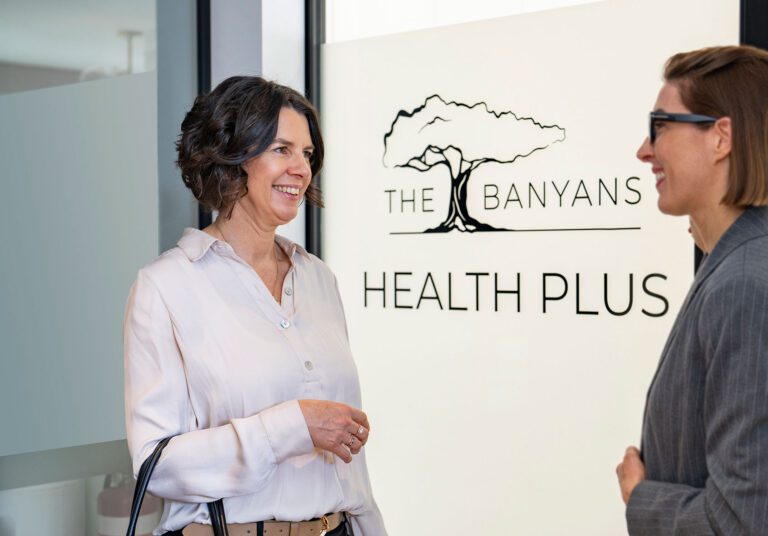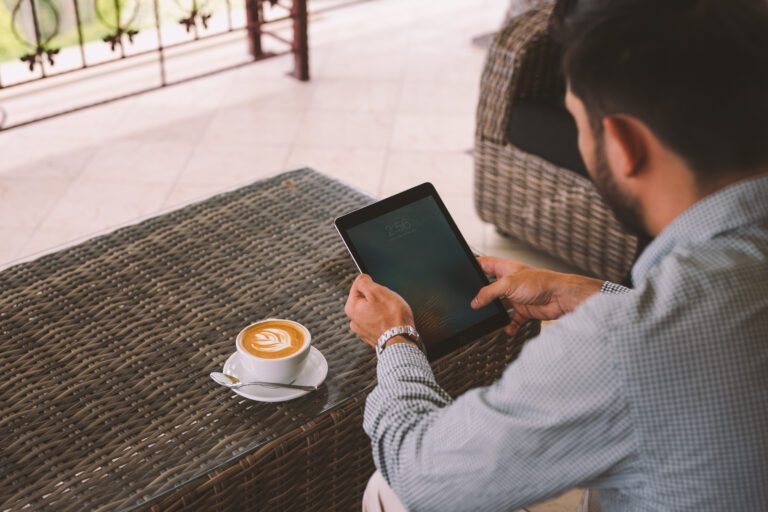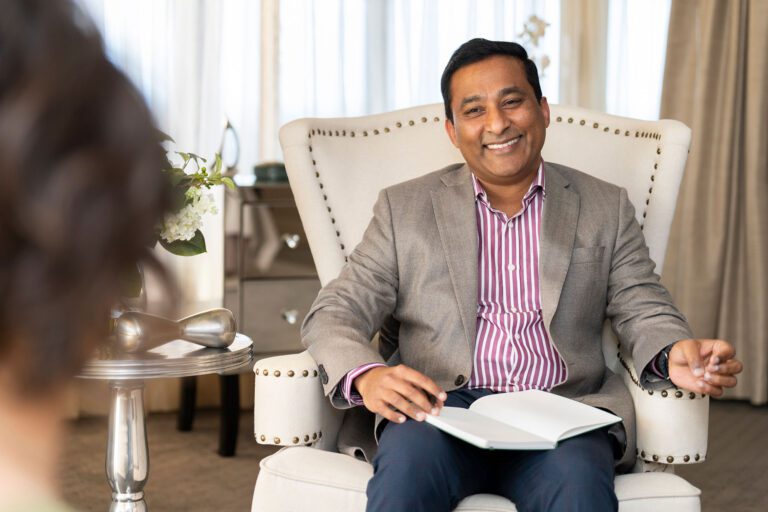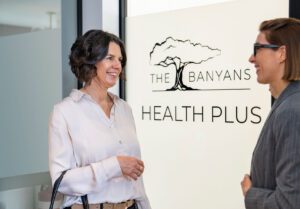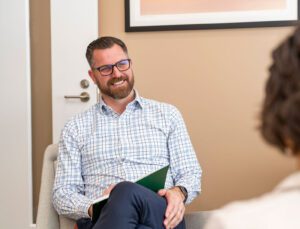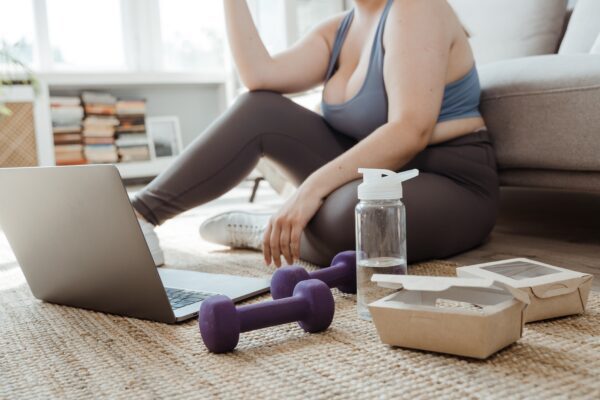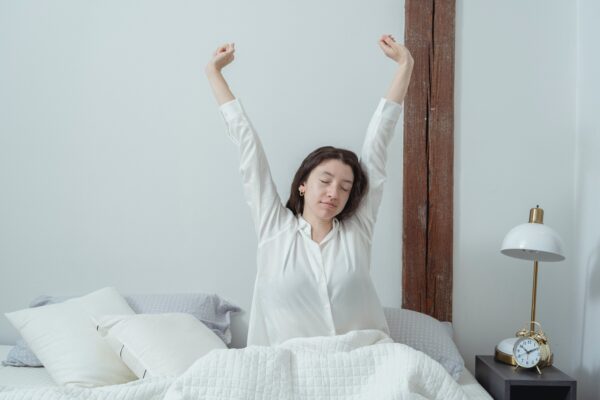
Statistics presented in a research report published by The Australia Institute suggest that almost four million working Australians neglect to take a lunch break, saying that “they are too busy”. Of those who do take a “break”, 72% admitted to cutting short, working through or postponing their lunch break to an inconvenient time.
Senior psychologist at The Banyans Health and Wellness Residence, Peter Hayton, says continued episodes of long working hours, a heavy workload and few breaks are a perfect recipe for employee dissatisfaction and eventual burnout.
Depending on the professional sector, Australian law varies in employee break entitlements. In general however, employees should receive between thirty minutes to one hour each day. Despite such legislation, workplace culture and management often determines how breaks are distributed and organized, and if they are taken at all. It seems that ‘al desko’ dining is becoming increasingly popular as workers remain seated at their desks, eating their lunch while continuing to work on less pressing tasks, such as emails or social media.
However, research continuously supports that taking short, regular breaks is vital in efficient cognitive processing and refreshing creativity.
Similarly, removing your focus for a short time can readjust your perspective, and improve your ability to create meaningful connections between ideas.
Peter uses the analogy of running a race. “Your cognitive capacity is like an athlete running a race. You can run very fast at the start, and gain a lot of ground. But you begin to lose steam after a while, and you need to walk for a short time to catch your breath. This is similar to your cognitive capacity: in the first half hour to an hour of working on a particular task, you feel highly productive and focused. But this cannot be sustained for your entire workday unless you step away for short periods and allow your brain to refresh.” If you try to work past your attention span, you begin to feel less focused on the task at hand or may struggle to make decisions[iv].
“It is also important that you take time to look away from a screen,” Peter encourages. Looking at the blue light of a computer screen or phone for an extended period of time can result in computer vision syndrome, with symptoms including eyestrain, headaches and blurred vision. “Going for a short walk away from your desk will give your eyes a rest from these devices.” Parents often ask their children to do this, but neglect to practice the ‘off screen’ breaks themselves.
According to an article by The Atlantic, the optimal break time is seventeen minutes, with fifty two minutes of concentration before and after. However, researchers from Cornell University suggest that stepping away for any amount of time can be beneficial. They found that an app reminding office workers to take small breaks was correlated with higher productivity, fewer errors and more effective problem solving. The app reminded employees to resume good posture, go for a walk to the water fountain, or eat a healthy snack[v].
Clinical Nutritionist, Lisa Cutforth, is a firm believer in taking an extended break for a lunch time meal. “Taking at least twenty minutes to half an hour is critical to give your mind and body time to recharge,” she says. Moreover, Lisa highlights the importance of eating a meal full of healthy fats and proteins to avoid an afternoon slump. “There is not a one-size-fits all approach to what a lunch time meal should include. But generally, foods like almonds, avocado, or tuna will sustain you through the afternoon, and feed your brain for efficient cognitive activity.”
“It is important to keep your blood sugar levels stable throughout the day. You cannot just have one meal at lunch time and expect to be performing at your peak,” Lisa recommends.
She suggests that raw vegetables (such as carrot sticks with hommus), or foods rich in antioxidants (blueberries for example), are good snack ideas throughout the day.
In addition, physical activities such as stretching or walking have been shown to increase the benefits of taking a break[vi].
Ruth Limkin, CEO of The Banyans and graduate of the Australian Institute of Company Directors says that it is partly the responsibility of executives and managers to create a workplace culture that values employee wellness as well as employee productivity. “Research continuously supports the idea that a short, regular break increases productivity and concentration,” she says. “Workplace wellness makes sense if you want maximum outcomes from your team.”
“People are less likely to take healthy breaks if they never see their boss lead by example,” Ruth encourages. She says that taking ten or fifteen minutes to touch base with your team in a can promote the expectation of short yet regular refreshments.
The Huffington Post recently published an article on the benefits of employee break rooms, such as a kitchen or board room. They emphasized the importance of keeping the area well ventilated, vibrant and hygienic. This encourages employees to leave their desk and share a meal together in a stimulating, clean environment. Ruth also encourages that shared spaces can be great for improving your employees social wellness, by boosting team atmosphere and preventing feelings of isolation.
The Banyans Health and Wellness Residence offers comprehensive and effective programs for people experiencing depression, alcohol misuse, drug addiction, eating issues, anxiety, burnout, chronic stress and more. If you or someone you love may benefit from one of rehabilitation and recovery programs, please do not hesitate to call +1300 BANYAN (1300 226 926) for a private and confidential discussion. You can also submit an online enquiry here to get in touch with one of our friendly intake team.
[i] Martin, P. (2018). The 38-hour week a rarity among full-time workers, new data shows. [online] The Sydney Morning Herald. Available at: http://www.smh.com.au/business/workplace-relations/the-38hour-week-a-rarity-among-fulltime-workers-new-data-shows-20151027-gkk1r6.html [Accessed 13 Feb. 2018].
[ii] The Australia Institute (2013). Hard to get a break? Hours, leave and barriers to re-entering the Australian workforce. [online] p.4. Available at: http://www.tai.org.au/sites/defualt/files/IP%2013%20Hard%20to%20get%20a%20break.pdf [Accessed 13 Feb. 2018].
[iii] Korkki, P. (2012). Take Breaks Regularly to Stay on Schedule – Workstation. [online] nytimes.com. Available at: http://www.nytimes.com/2012/06/17/jobs/take-breaks-regularly-to-stay-on-schedule-workstation.html?_r=0 [Accessed 16 Feb. 2018].
[iv] Bailey, B. (2013). How to be Happier and More Productive by Avoiding ‘Decision Fatigue’. [online] Social. Available at: https://blog.bufferapp.com/are-you-too-tired-to-make-good-decisions-the-rise-of-decision-fatigue [Accessed 16 Feb. 2018].
[v] Lang, S. (1999). When workers heed computer’s reminder to take a break, their productivity jumps, Cornell study finds | Cornell Chronicle. [online] News.cornell.edu. Available at: http://news.cornell.edu/stories/1999/09/onscreen-break-reminder-boosts-productivity [Accessed 16 Feb. 2018].
[vi] Korkki, P. (2012)



